Lavender is a beautiful and versatile plant known for its fragrant flowers and soothing properties. Growing lavender at home is relatively straightforward and can be a rewarding experience. Here’s a guide to help you get started.
Other Topics You Might Like
Helpful Products You Might Like
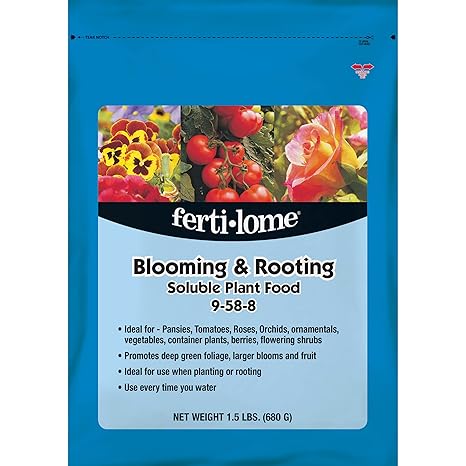
Fertilom Blooming & Rooting Soluble Plant Food
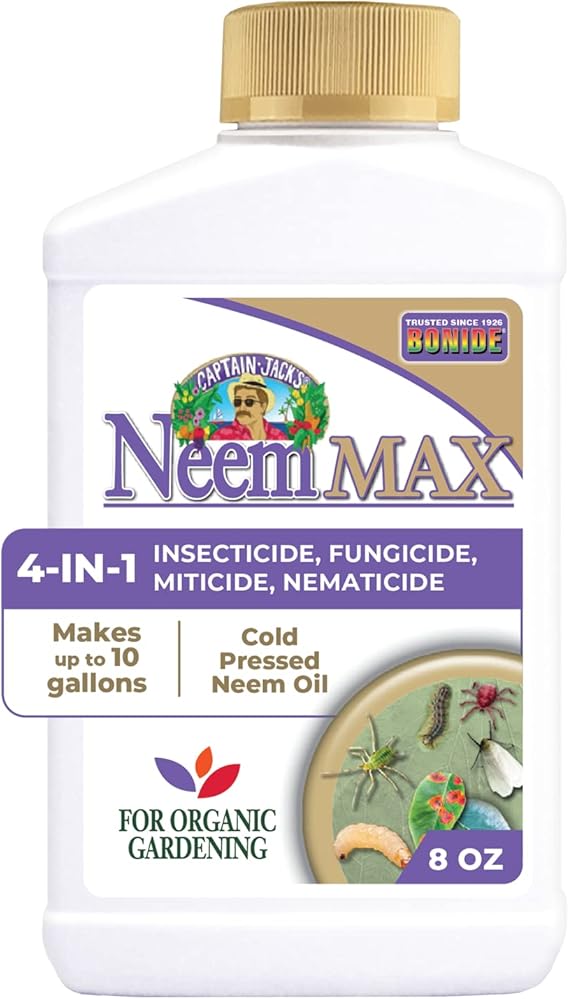
Bonide Neem Max Concentrated Cold Pressed Neem Oil
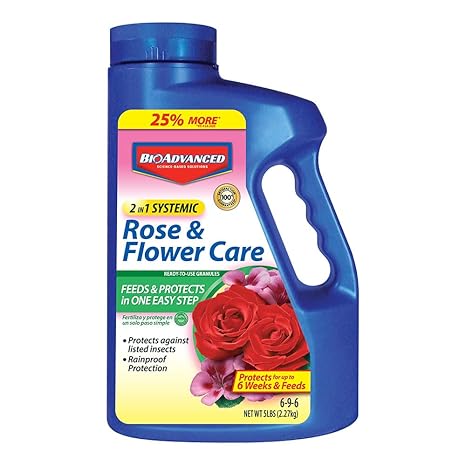
BioAdvanced 2-In-1 Systemic Rose and Flower Care
"(Paid Links)" 
Choosing the Right Variety
There are several varieties of lavender, but the most commonly grown are English lavender (Lavandula angustifolia) and French lavender (Lavandula dentata). English lavender has classic fragrance and is suitable for cooler climates, while French lavender has a unique look with its fringed flowers and is good for warmer regions.
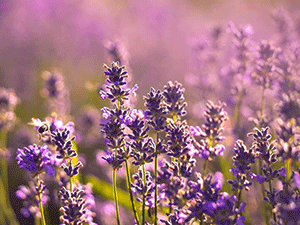
Ideal Growing Conditions
Lavender thrives in well-draining soil with a pH between 6.5 and 7.5. It prefers full sun, so select a location that receives at least 6-8 hours of sunlight per day. Avoid areas where water tends to pool, as lavender doesn’t tolerate wet feet.
Soil Preparation
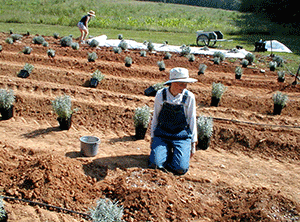
Prepare your soil by ensuring it’s well-draining. If your soil is clay-heavy, consider mixing in sand or gravel to improve drainage. If your soil conditions are poor, you can also use raised beds or containers. Lavender grows best in sandy or loamy soil.
Planting Lavender
You can start lavender from seeds, cuttings, or nursery plants. If starting from seeds, sow them indoors 8-10 weeks before the last frost date. Lavender seeds can be slow to germinate, so be patient. For cuttings, take 4-6 inch long cuttings from a mature lavender plant and root them in a pot with a mix of sand and peat.
When planting nursery plants or seedlings outdoors, space them 12-18 inches apart to allow for their mature size. Dig a hole slightly larger than the root ball, place the plant in the hole, and backfill with soil. Water thoroughly after planting.
Watering and Fertilizing
Once established, lavender is drought-tolerant but needs regular watering during its first growing season. Water the plants deeply but infrequently to encourage deep root growth. Overwatering can lead to root rot, so ensure the soil dries out between waterings.
Fertilizing is generally not necessary if you have well-prepared soil. However, if your soil is poor, you can use a balanced fertilizer in early spring. Avoid excessive fertilization, as it can lead to lush foliage at the expense of flowers.
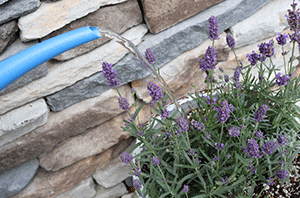
Pruning and Maintenance
Prune lavender plants annually to maintain their shape and promote healthy growth. Trim back the plant after flowering, removing about one-third of the plant’s height. This helps prevent the plant from becoming woody and encourages new growth.
Remove any dead or diseased foliage to keep the plant healthy. Regularly check for pests such as aphids or spider mites and address any issues promptly.
Harvesting Lavender
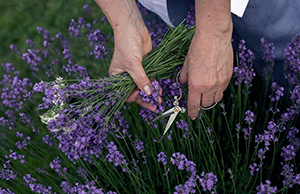
Lavender flowers are typically harvested when they are in full bloom. Using sharp scissors or pruning shears, cut the flower spikes just above the leaves. Gather the stems into small bunches and hang them upside down in a cool, dry place to dry.
Uses and Enjoyment
Once dried, lavender can be used in various ways. It’s excellent for making sachets, adding to bath salts, or using in culinary dishes. You can use its dried flowers to make lavender tea or infused oils.
Growing lavender at home is a fulfilling and enjoyable experience. You can cultivate this lovely plant and enjoy its many benefits throughout the year with the help of right techniques and tips.
